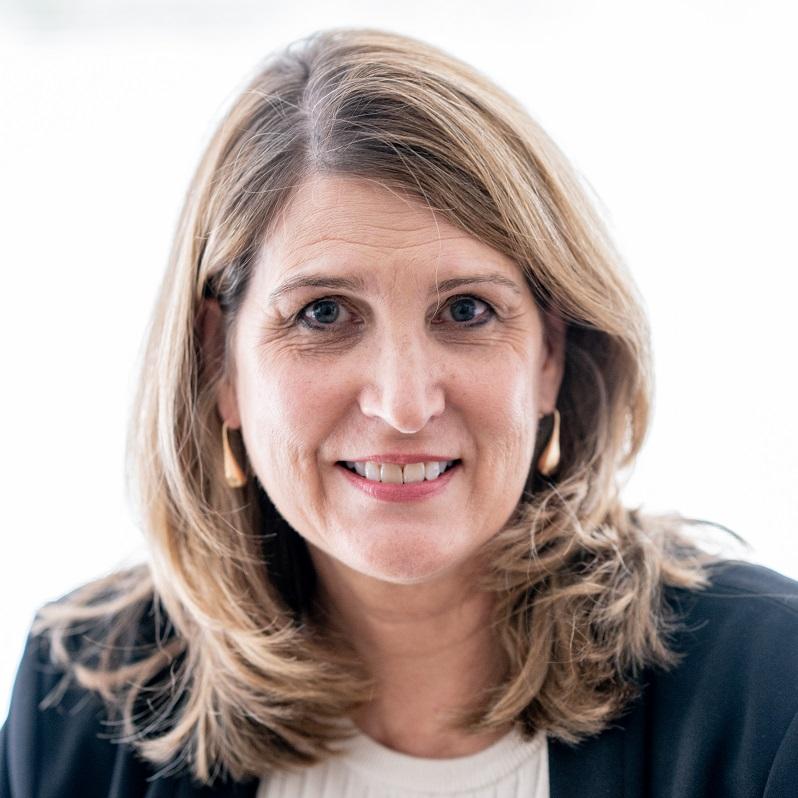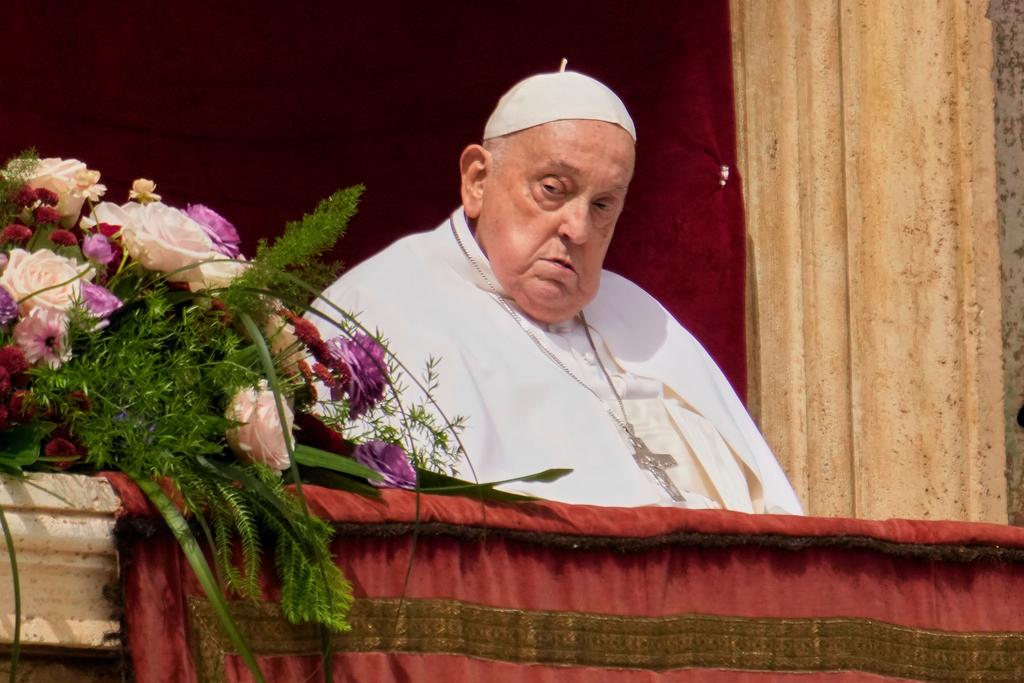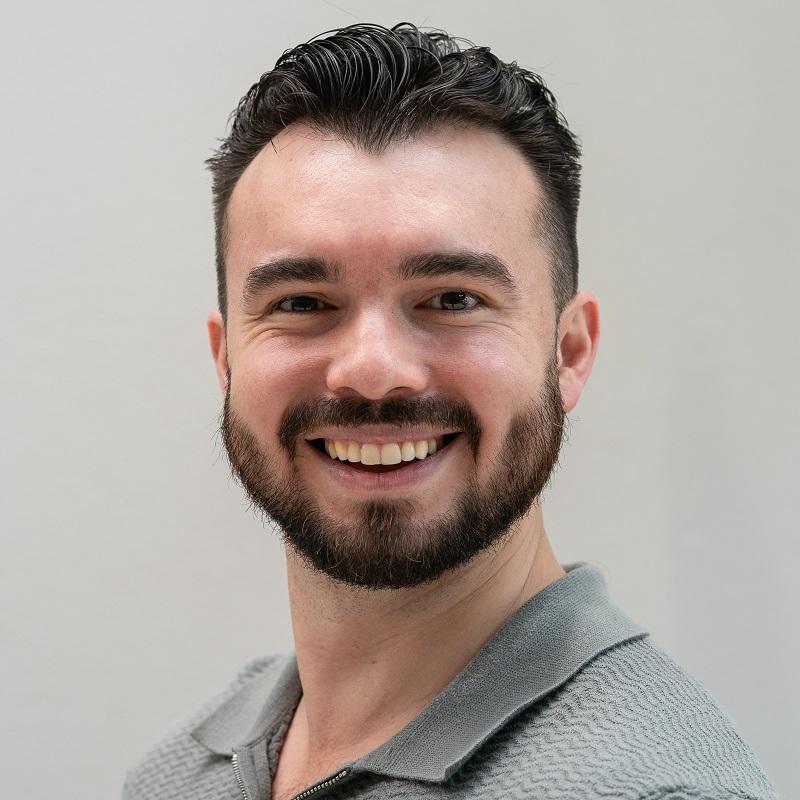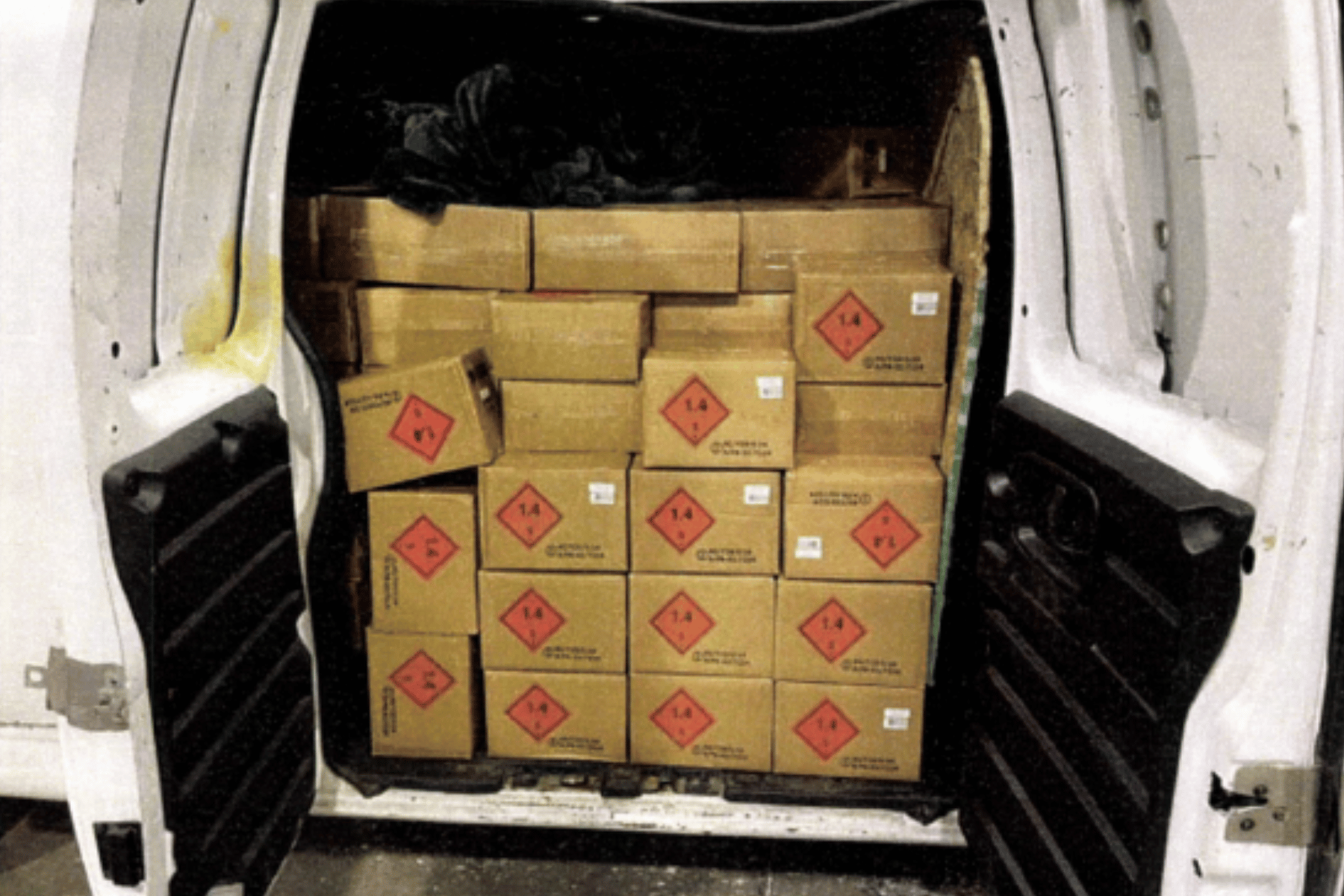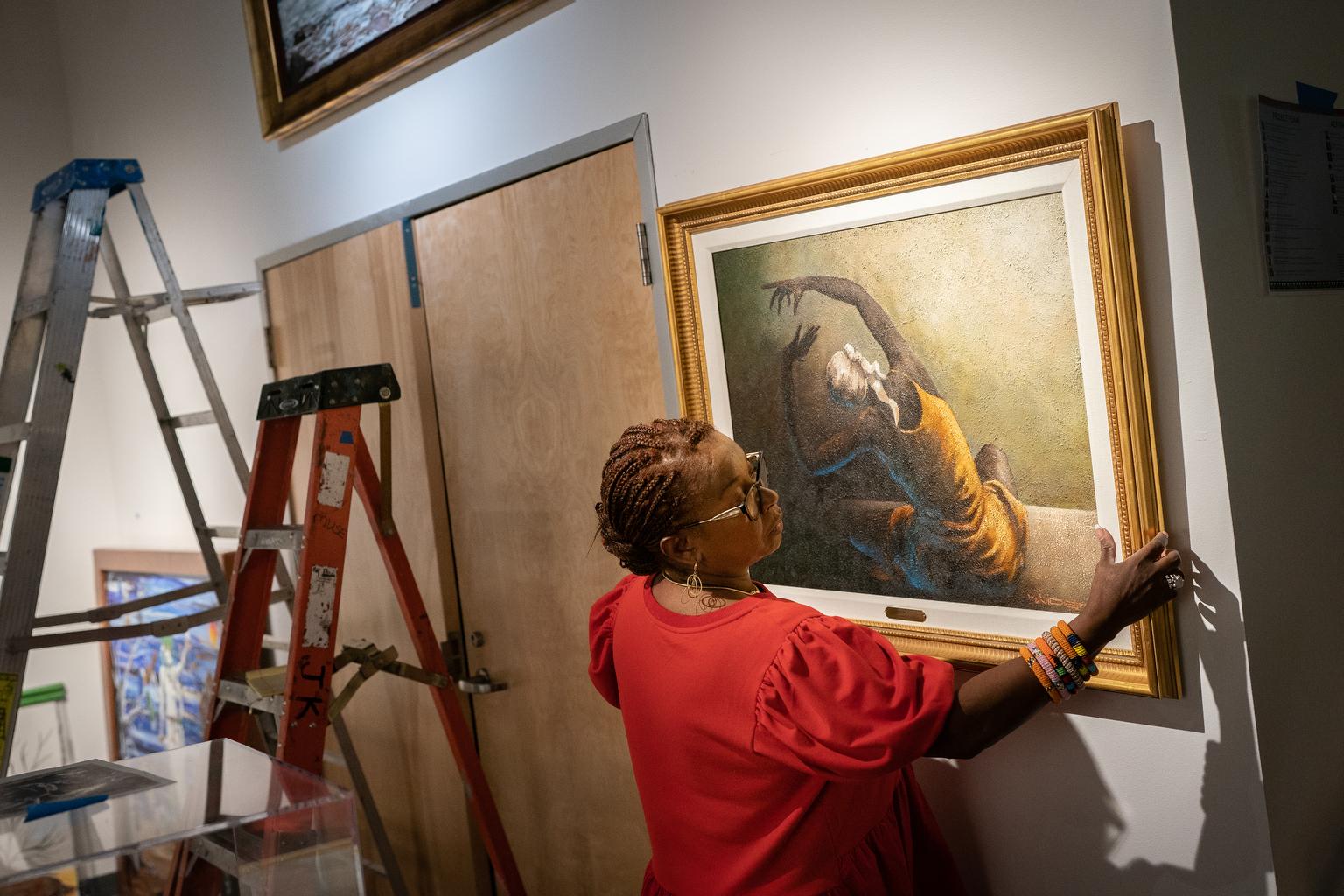
Since Deion Sanders, coach of the University of Colorado football team, came to town earlier this year, Boulder, with a population that’s 90% white and only 1% Black or African American, has improbably become a center of Black culture. This weekend it drew celebrities and athletes, as well as everyday people who wanted to catch a piece of the Sanders-induced wave of empowerment and positivity.
But the local conversation about what it means to be Black in Boulder — and in Colorado generally — has been bubbling for a few years, and a new exhibit at the Museum of Boulder, called “Proclaiming Colorado’s Black History,” gives the community and the state another chance to reflect on the past, celebrate the accomplishments of those who have persevered, and create joy for the future.
The exhibit opened Sept. 29, and the museum plans to have it on display for two years. It comes shortly after a documentary released in 2022 called “This Is [Not] Who We Are,” which explores “the gap between Boulder's progressive self-image and the lived experiences of its Black citizens,” and the opening of the university’s new Center for African and African-American Studies, which is meant in part to help build community.
“We wanted to talk about the Black experience in Colorado from the earliest days when people of African heritage were in this area, and then bring it all the way up to the current times,” said Adrian Miller, the lead curator of the new Museum of Boulder exhibit. It also looks to the future: The final part of the exhibit is an art gallery that asks visitors to consider, “What kind of ancestor will you be to future Black Coloradans?”
Miller is conscious of the specific cultural moment when this exhibit is opening, three years after massive protests for racial justice, and amidst a celebration of Black culture in Boulder centered around the football coach.
Of the exhibit, Miller said, “I'm hoping that it's a gateway for people to delve more deeply into Colorado's Black history, and then just understand the ways that we have felt so many barriers, obstacles, but we still manage to triumph. We're resilient and we assert our humanity.”
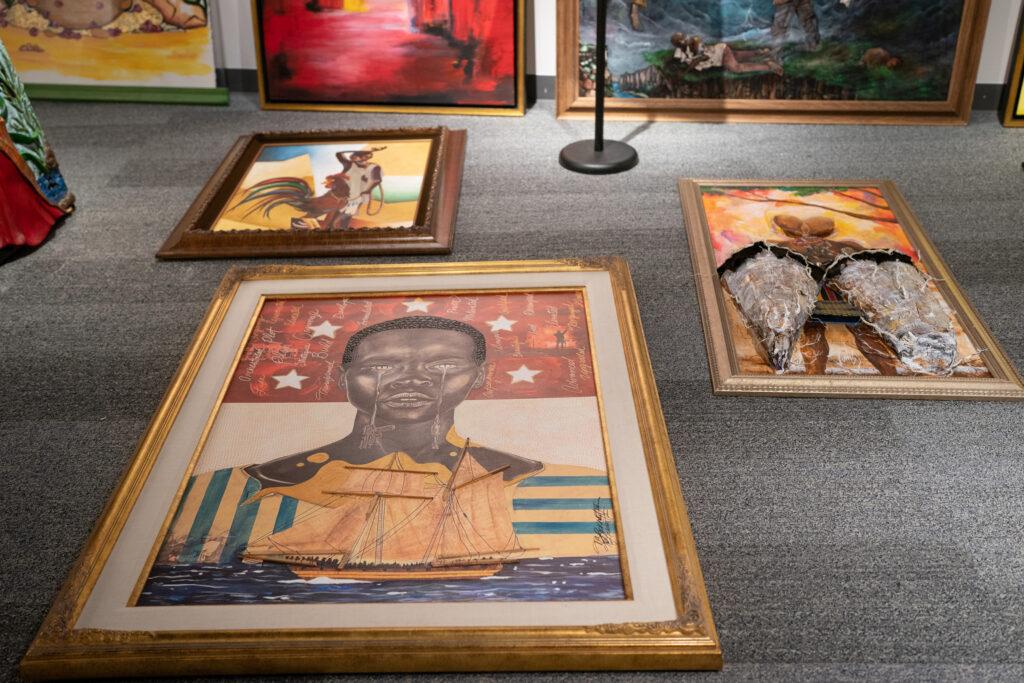
Miller added that the exhibit builds on other efforts around Colorado where people can learn about Black history and think about the future: the Fort Garland Museum near Alamosa, which has a Buffalo Soldier exhibit; Bent’s Fort in rural southeastern Colorado is a place to learn about people who were enslaved in the region; the Pikes Peak Library District has a book called The Invisible People of the Pikes Peak Region; and in Denver, the Black American West Museum and the Blair Caldwell Library are both focused on stories of Black Coloradans.
Colorado Matters host Chandra Thomas Whitfield spoke with Miller, who’s best known as the “Soul Food Scholar” for his books on soul food culture; Minister Glenda Strong Robinson of the Second Baptist Church, who collected oral histories for the exhibit and is the Boulder County NAACP historian; and Adderly Grant-Lord, an artist who is showing her work and curated the art for the exhibit.
This interview has been edited for length and clarity.
Chandra Thomas Whitfield: You’ve been planning this exhibit for two years, which means this project started in the wake of George Floyd’s murder and the protests for racial justice that followed. Do you see this exhibit as part of a national reckoning, so to speak?
Adrian Miller: It was not surprising to Black people, but what happened to George Floyd was a wake-up call to a lot of people. One thing that I've noticed is there's been sustained interest in racial justice. When that first happened, I thought it was going to be typical of what usually happens in this country: a couple of months of intense interest, and then we move on. And I don't think that that's happened for a lot of people.
People have been really interested in trying to grapple with these issues, not only systemically, but also in their own lives. The number of people that have taken the time to talk to Black creatives, Black social justice leaders and racial justice leaders, and find out what we’re thinking, what we would like to see, reading books, trying to get into dialogue — I have been impressed and surprised that it's been sustained for this long. We still have a lot of work to do, but I think we still have a moment. And this exhibit, I think, is an extension of that moment.
Thomas Whitfield: I understand that kids in Boulder Valley schools will get a curriculum on Black history stemming from this exhibit.
Miller: Yes, it was very important for us that this exhibit live beyond the walls of the museum, so we got someone who could develop a curriculum with the Boulder Valley School District. We want people to know their history, but we also wanted it to be a jumping off point to understand contemporary issues and also look to the future. It takes resources to do all of this, so we have a $250,000 goal, and we’re about a third of the way there. We hope that as people learn about this exhibit and hear the stories and hear what we're trying to do, that they'll support what we're trying to accomplish in the schools. Even before we put the exhibit together, we spoke to young people and asked them what they would like to see.
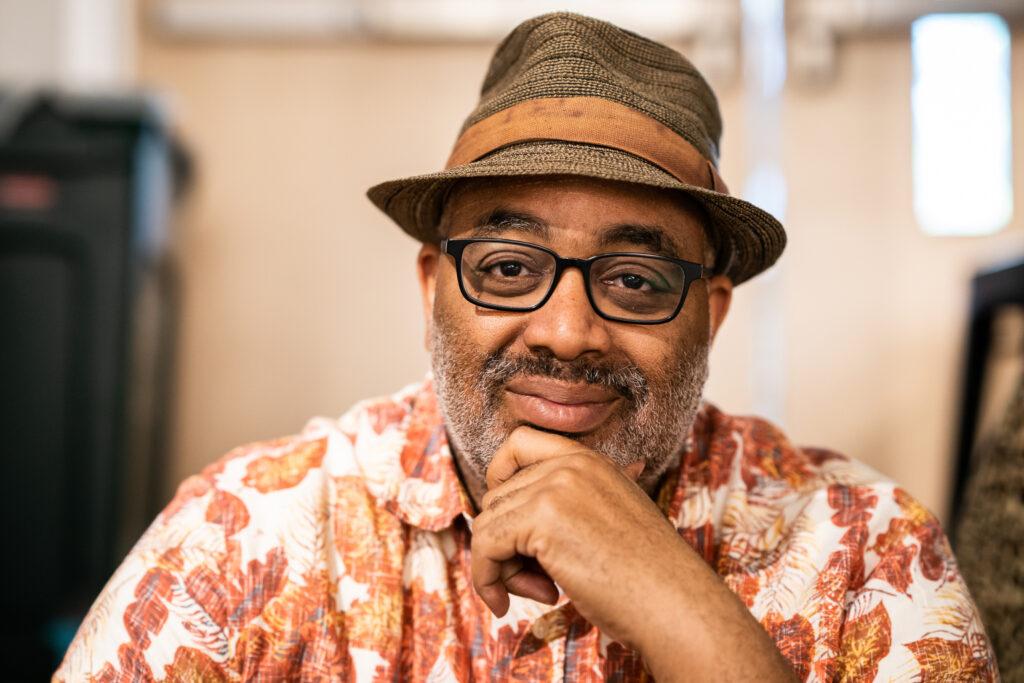
Thomas Whitfield: What did the kids suggest?
Miller: They wanted to have something experiential, so we have two installations in the exhibit. One is Second Baptist Church, which is the only predominantly Black church in northern Colorado. The second is an installation of Dearfield, which was an all-Black agricultural colony, which speaks to the homesteading experience. A lot of people don't think of African-Americans as homesteaders, and indeed, when the act was first passed at the federal level in 1862, African-Americans were often denied the opportunity to homestead. But over time those opportunities opened up. There were other all-Black agricultural colonies in Colorado, as well.
Thomas Whitfield: The exhibit also talks about the life of the first Black person known to be born in Colorado, Anna Belle Riley. What do we know about her life?
Miller: We don't have a picture of her, but as far as the records indicate, she was born in 1864. Her father, Thomas, was one of the early Black people to come to Colorado. He was brought here by a group of miners from Georgia, and then in time he was accomplished in his own right. We talk about how she and her family built community by being planted in a place, going to a Black church, doing things to make a living, build community, relate to other folks, and to try to have that American dream.
Anna Belle died young, and I think that's one of the reasons why we don't hear a lot about her. But we wanted her to welcome you to the exhibit.
Thomas Whitfield: What was it like to be Black in Colorado then?
Miller: It was a mixed experience. Even though in Colorado there were never laws that made slavery legal, or forced segregation, people were doing it by practice. People took notions from the American South with them outside of the South, and transplanted them all over the country. Media outlets were very happy to reprint things that were racist about Black people in their newspapers. We also had lynchings here in Colorado, so this exhibit tells the story of Preston Porter, who was lynched in the early 1900s.
Overall, sometimes Black folks were left alone and they were able to have self-determination and carve out a good life. But the situation of Black folks here, like in so many different parts of the country, was that white people sought to limit the social, economic and political opportunities for African-Americans.
Thomas Whitfield: What was the significance of Second Baptist Church for this community, and for you, Minister?
Minister Glenda Strong Robinson: Second Baptist Church was organized by nine forward- thinking people: five women and four men. The reason that's significant is that I'm the second woman minister on staff in our 115-year history. On January 7, 1908, they chartered and began service. It was the beloved community. It was how people got together and did life. And I feel fortunate and blessed to have been at Second Baptist.
I moved here in 1980. We moved from Long Beach to Longmont. When I got here, I was pregnant and I had a six year old daughter, and I looked around and I thought, ‘God, are you anywhere? Where are the Black people? I have not seen any.’ That’s when I met the Second Baptist Church, at the former location on 19th and Canyon. And so I've been there 43 years.
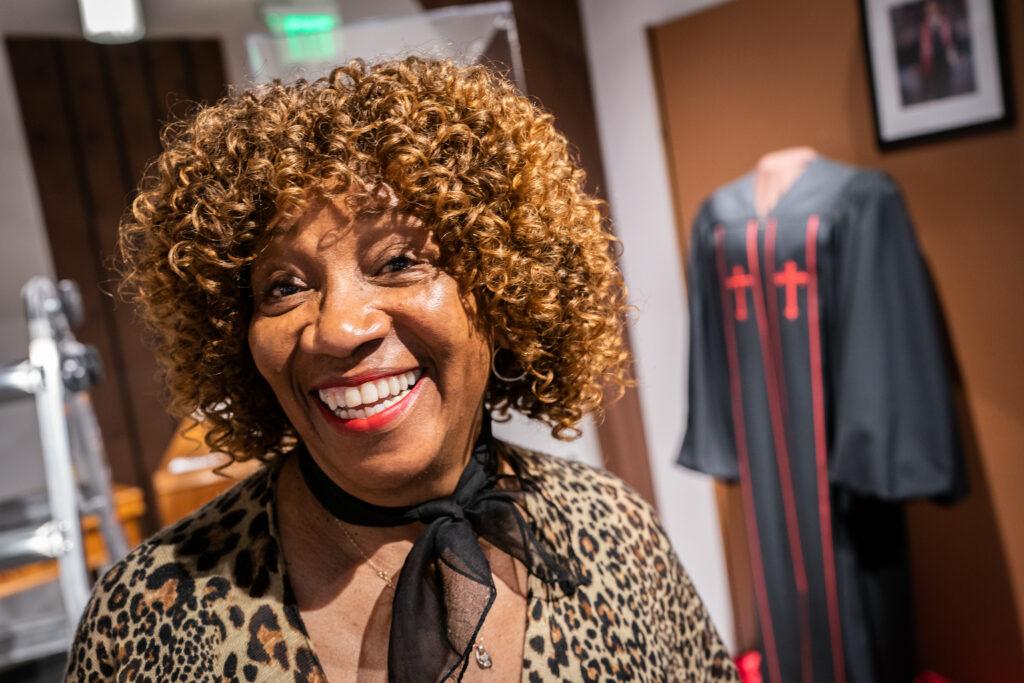
Thomas Whitfield: The exhibit includes artifacts from the church’s former location, and a video and soundtrack from a choir performance. What does this collection mean to you?
Strong Robinson: There were so many prominent families who were part of starting Second Baptist through the 1930s and 1940s. There's so much history here. I feel it in my bones — I just love history. It's so important for us to know, if at all possible, where we came from, who our people are, and what legacy they left us, because we are really walking in the footsteps of what they've laid out for us and the prices that they've paid. So I’m so grateful for my foreparents.
Thomas Whitfield: What do you make of this cultural moment in Boulder, especially with the attention given to Coach Deion Sanders and the CU football team?
Strong Robinson: It feels like almost a magical moment. Everybody is looking down at what's happening on this field. It's a proud moment. I don't know and I don't care what you try to make of this man, but this man is a man of God who loves his family and he loves his other family: he has a whole bunch of children on this team that he's trying to make into productive young Black men.
Miller: I think it's a really interesting opportunity. Sanders has electrified this community, and we're noticing what he's doing for these young men. He really cares about mentoring these young men. However, I have heard concerns for the young men, about the fact that he's bringing them into Boulder, where the reality is different than its image. But I think it's exciting to see the community rallying around him, and to have the nation looking at Colorado, and I think it's a great opportunity for us to have a launching point to explore what Black life is in a place like Boulder, and what Black life is in a place like Colorado.
Thomas Whitfield: What do you want to convey with the art for this exhibit?
Adderly Grant-Lord: Our history is very heavy. It's kind of heart wrenching. So I want the art to disturb you as well as bring you joy. I want this exhibit to awaken in all of us a sense of joy and empathy. I want visitors to be fully human without the conditions of what this world handed us today. This world handed us a lot of divisiveness, and I want people to come and get to know themselves as they were born to know themselves, not as this universe created them to be. Because with all the noise in our heads, I don't think we can hear ourselves.
I want people to unify within your heart. I don’t want it to be superficial. It doesn’t make any sense to come here and witness this and walk away with nothing.
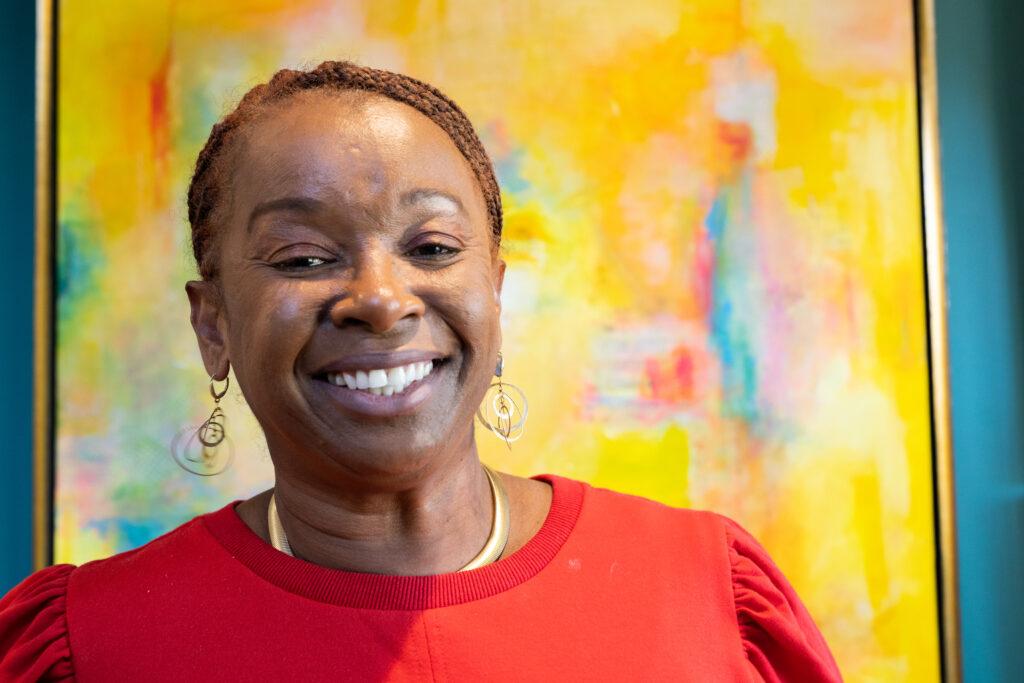
Thomas Whitfield: One question that is being posed here is what type of ancestor you want to be. What kind of ancestor do you want to be, Adderly?
Grant-Lord: For the next generation, for the ancestors-in-the-making, I would like to be remembered as someone that brings light. I want to be the ancestor that I was intended to be without all the noise — the one that gives, listens, and is kind. The one that moves throughout this world as someone that sees you as a human being first, before I see you as anything else that would harm me.
COVID has kind of given me a perspective in life that I'm actually enjoying and loving. I am being my full authentic self, and I don't really care what my mom, my husband, my brother, my sister, my cousin, my friends, my neighbor thinks or feels or understands about that. We all have that music, that light, that joy inside of us — let it out! Because this world needs it.
Thomas Whitfield: What do you hope this exhibit communicates about your own experience being Black in Colorado?
Grant-Lord: When I moved here in 2009, I had no intention of painting or being at the Museum of Boulder. But in 2020, something awakened me and here I am now, full of purpose, and so that my daughter could see her mother as someone she could talk about with her grandkids when I'm long gone. And she can see that I did this in a community that was less than 1% Black, and that I am bringing my community together through my art. I want my daughter to go: My mom was fierce; she did this in a town where there was 1% of her here.
I don't want to stop with art. I want to have the community have a comedy club. I would like to have a society where I go, ‘I have choices. I have to make a decision on what I see in Boulder that kind of celebrates my culture. Do I go to this, or do I go to that?’ There's nothing now – you have to go somewhere else to find our culture. I want it to be here, because this is a beautiful place but I know so many people who came and left, because they couldn’t connect.
Editor’s note: Adrian Miller is a member of CPR’s board of directors.


